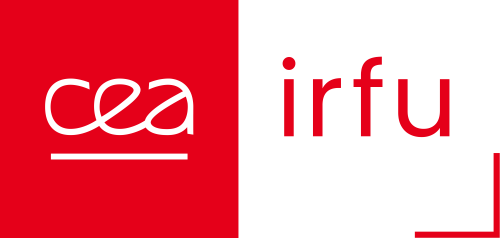Gaseous detectors have demonstrated, over the past decades, their high performance for imaging radioactive particles, achieving spatial resolutions below 100,microns. The scintillating properties of certain gas mixtures, combined with the significant gain of gaseous detectors and the use of a low-noise camera, have enabled the use of scintillation light for imaging. This approach allows for a large detection surface and high spatial resolution while achieving real-time imaging at a low cost per pixel, with low data analysis complexity. The main objectives of this thesis are to optimize the spatial resolution and sensitivity of the detector, either by an "event-by-event" acquisition method with short image acquisition times or by "integration" with long acquisition times.
An innovative glass Micromegas detector for optical readout has been developed, taking advantage of the inherently high spatial resolution of the Micromegas detector. The adaptability of the Micromegas detector's gain, due to the avalanche amplification mechanism, allows it to cover a wide range of particle fluxes and energies. During this thesis, imaging measurements were performed using sources with radioactivity levels below one Becquerel and energies of a few keV, up to fluxes characteristic of a synchrotron and a spallation source, with energies exceeding one MeV.
The light yield of the detector was studied for different gas mixtures and various gain values under X-ray irradiation to optimize the detector's sensitivity. The homogeneity and precision of the detector's response were characterized by X-ray radiography. The Point Spread Function (PSF) of the optical readout Micromegas was measured using a parallel X-ray beam a few microns thick, generated by synchrotron radiation. This measurement allowed us to determine the detector's spatial resolution for different configurations, and to identify and quantify the effects involved. The impact of the micro-mesh and pillars on the detector's scintillation response was also observed and quantified.
Two applications were chosen to illustrate the potential of the optical readout Micromegas: autoradiography, for the quantification of very low-activity tritiated samples and high-resolution neutron radiography in highly radioactive environments.
Autoradiography and radioactive counting of low-energy beta radiation were performed with tritiated glucose samples. Activities below one Becquerel were measured accurately and simultaneously on a large number of samples, while ensuring precise reconstruction of their position. This work validates the possibility of quantifying the concentration of anticancer drugs at the scale of single tumor cells.
Finally, the use of the optical readout Micromegas for neutron imaging was demonstrated using a spallation source which produces thermal neutrons with a flux of approximately $10^8,si{ncdot s^{-1}cm^{-2} mA^{-1}}$. The uniformity of the detector's response was studied, and the effects of the diffusion and the mean free path of particles in the gas on image sharpness were measured and compared to a simulation. A spatial resolution on the order of 400,microns was achieved using double-stage amplification within the Micromegas detector.

